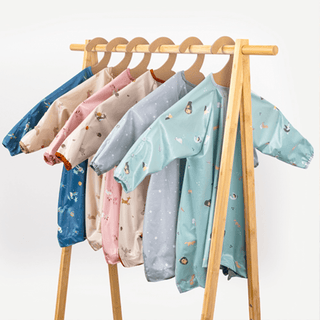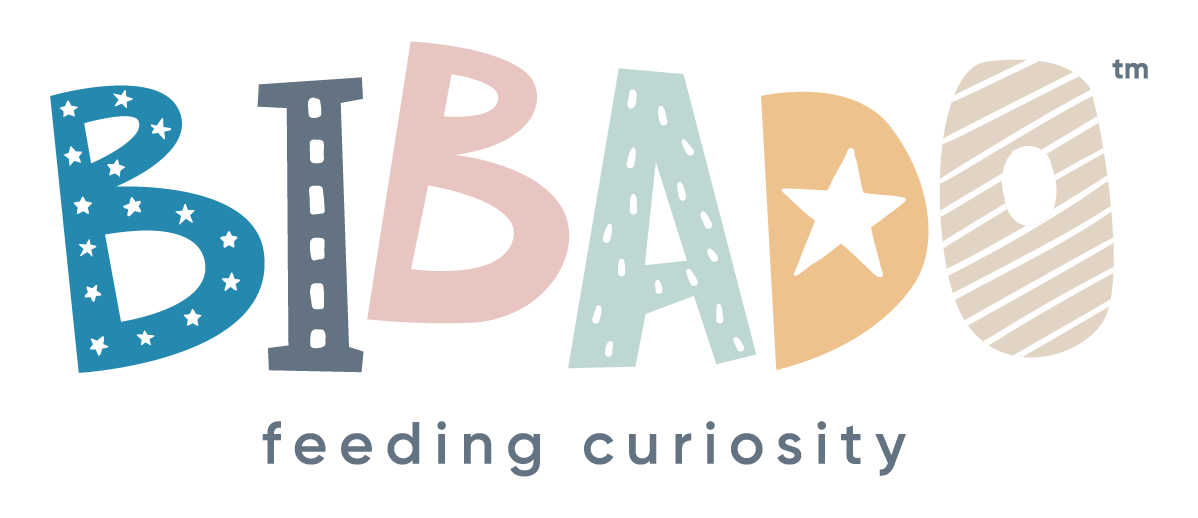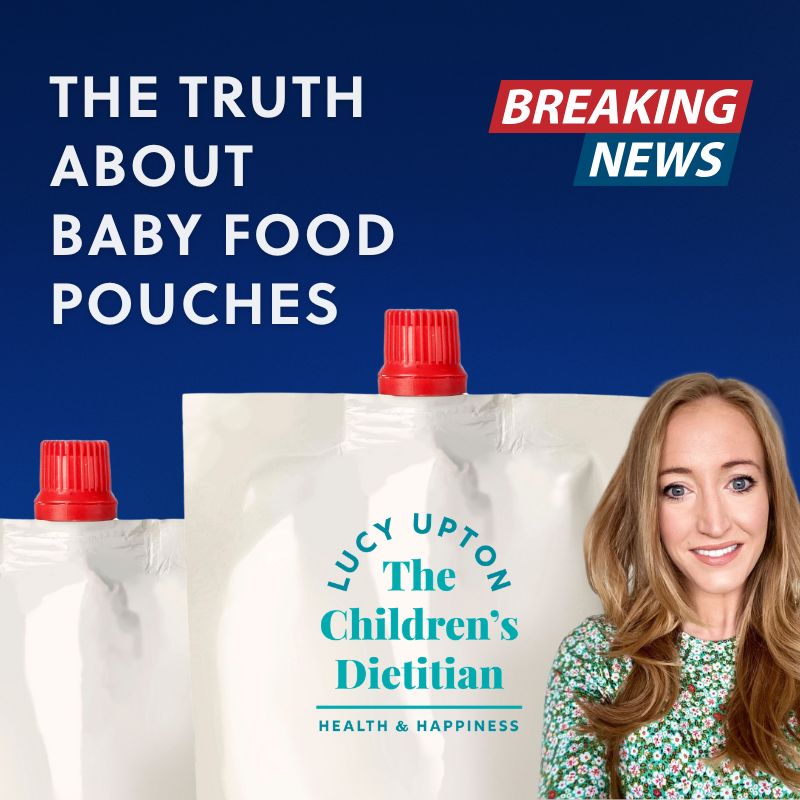Mealtime adventures are better with Bibado! Let our award-winning products make a difference to your weaning journey.
 Shop Now
Shop Now


Have you seen Panorama's The Truth About Baby Food Pouches?
We caught up with our resident expert, Specialist Paediatric Dietitian, Lucy Upton, to unravel the facts behind the headlines.


There is no doubt that, as a parent, you have likely seen the headlines this week: commercial baby food is hitting the main headlines in a pretty damning way, across mainstream press and in an in-depth Panorama documentary. If I’m honest, when I heard this was coming, I initially had two thoughts. These remain the same even after reading and understanding this research, and at the forefront of my brain was you, parents.
If you're a parent who has used baby food pouches to feed your baby (which, yes, I did too), here's the first thing I want you to hear - loud and clear: This is not about blaming, shaming, or pointing fingers.
Over the past 15 years, I've spoken with countless parents when similar headlines have emerged, and I know how often these moments trigger feelings of guilt, worry, and even fear.
Those emotions, along with frustration and anger, are completely valid. The truth is, it's entirely reasonable to believe that anything marketed for our babies and children is safe, appropriate, and designed to meet their needs. That’s what marketing aims to convey, and why so many of us trust these products in the first place.
As parents, I want you to understand that, first and foremost, this is about the food industry and legislation doing better for our children, not you!

The purpose of this blog isn’t to revisit all statistics and scary headlines you have read about baby food pouches, but I want to summarise the main points of concern raised from research conducted by Leeds University, which parents should be aware of to make informed buying decisions. After independently reviewing and testing over 600 baby food pouches, researchers found;
Many contained high levels of free sugars, well in excess of what a baby or young child would be recommended to consume. This has potential implications for dental health and, when offered in a pouch, how quickly some of these foods can be consumed.
Many ‘meals’ contained very low levels of essential nutrients like iron and vitamin C. In fact, the processing and pasteurisation of some pouches meant that almost all the Vitamin C content was lost.
Many commercial baby foods are still marketed for use at 4 months or older, despite government and WHO recommendations that solids should be introduced around 6 months.
Lack of taste and texture variety – both important
Terms used on packaging like “no added sugar”, “organic”, “packed with goodness” were identified as halo marketing, and potentially misleading
Babies often consume these foods directly from the spout, which exposes the contents to their teeth and doesn’t support feeding development.
I know this sounds pretty heavy, but again, it clearly highlights that change is needed from the companies that manufacture these products and the legislation in place around them so that our children’s health is a priority.

So, does this mean you need to avoid these foods altogether? The reality is: not necessarily. These foods can offer convenience when out and about, travelling, and more. As busy parents, we sometimes need to turn to convenience to feed our babies, but the key message is that they should complement a balanced and varied weaning diet and not be relied upon as a primary source of nutrition, wherever possible.
My other tip would be to look into a few labels where you can, and understand what’s in these foods. I also always recommend that parents try these foods themselves; this can really help you know what tastes, textures, and variety are being offered to your baby.
If you feel strongly about the need for change, consider sending an email to your local MP. The more people calling for change, the more likely the government is to bring this higher up on their agenda. A template can be found here.
For more evidence based and practical information on weaning, building balanced meals, the nutrients your baby needs, helping them learn to eat, and more, you can check out my new book out next week: The Ultimate Guide to Children’s Nutrition: How to Nurture Healthy Happy Eaters in the First Five Years.
Love Lucy xx
Follow us for more delicious, nutritious bite-size Bibado goodness